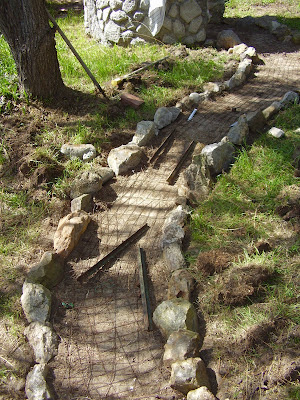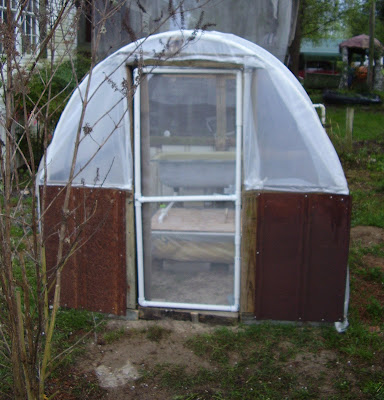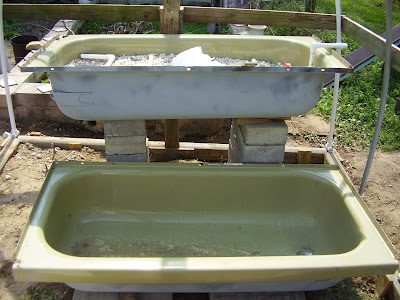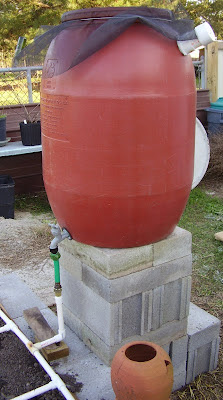Gazebo Project, Sidewalk

I like to say it was the inguinal hernia I suffered last year that caused me to abandon my so-called gazebo project. I like to say it because it sounds better than I just got interested in other stuff and didn’t feel like working on it. I've fully recuperated from the hernia repair (though still wearing the hernia belt when heavy lifting). Regardless, it felt good to start back on that sadly neglected area of our front yard again. I excavated for the sidewalk leading to the gazebo, and then for another section of the sidewalk leading to our front steps. This while I await the "aquaponics" pond pump I ordered from Home Depot--the best price but only available for online shopping.




